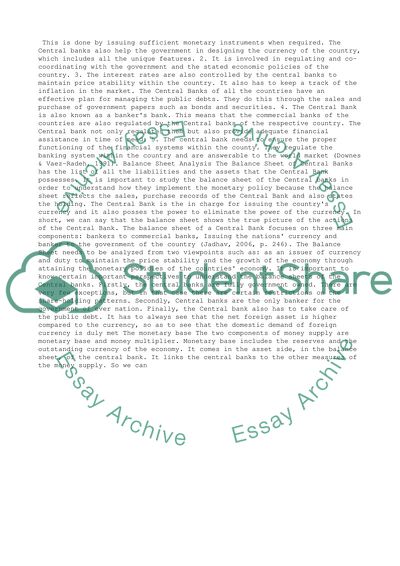Cite this document
(“The relationship between price and Money Supply Research Paper”, n.d.)
Retrieved from https://studentshare.org/business/1398482-central-banks-monetary-policy
Retrieved from https://studentshare.org/business/1398482-central-banks-monetary-policy
(The Relationship Between Price and Money Supply Research Paper)
https://studentshare.org/business/1398482-central-banks-monetary-policy.
https://studentshare.org/business/1398482-central-banks-monetary-policy.
“The Relationship Between Price and Money Supply Research Paper”, n.d. https://studentshare.org/business/1398482-central-banks-monetary-policy.


